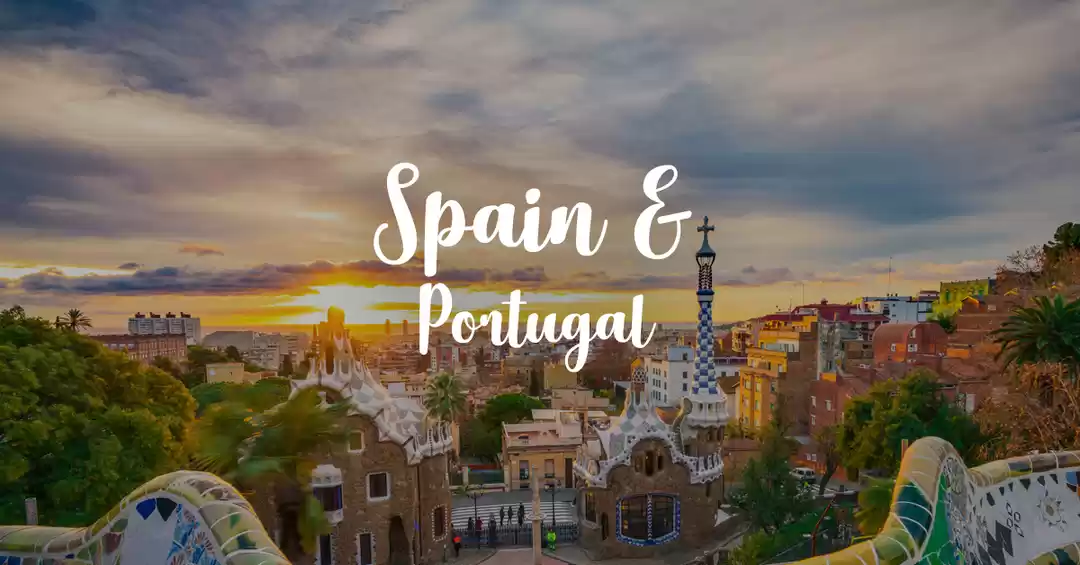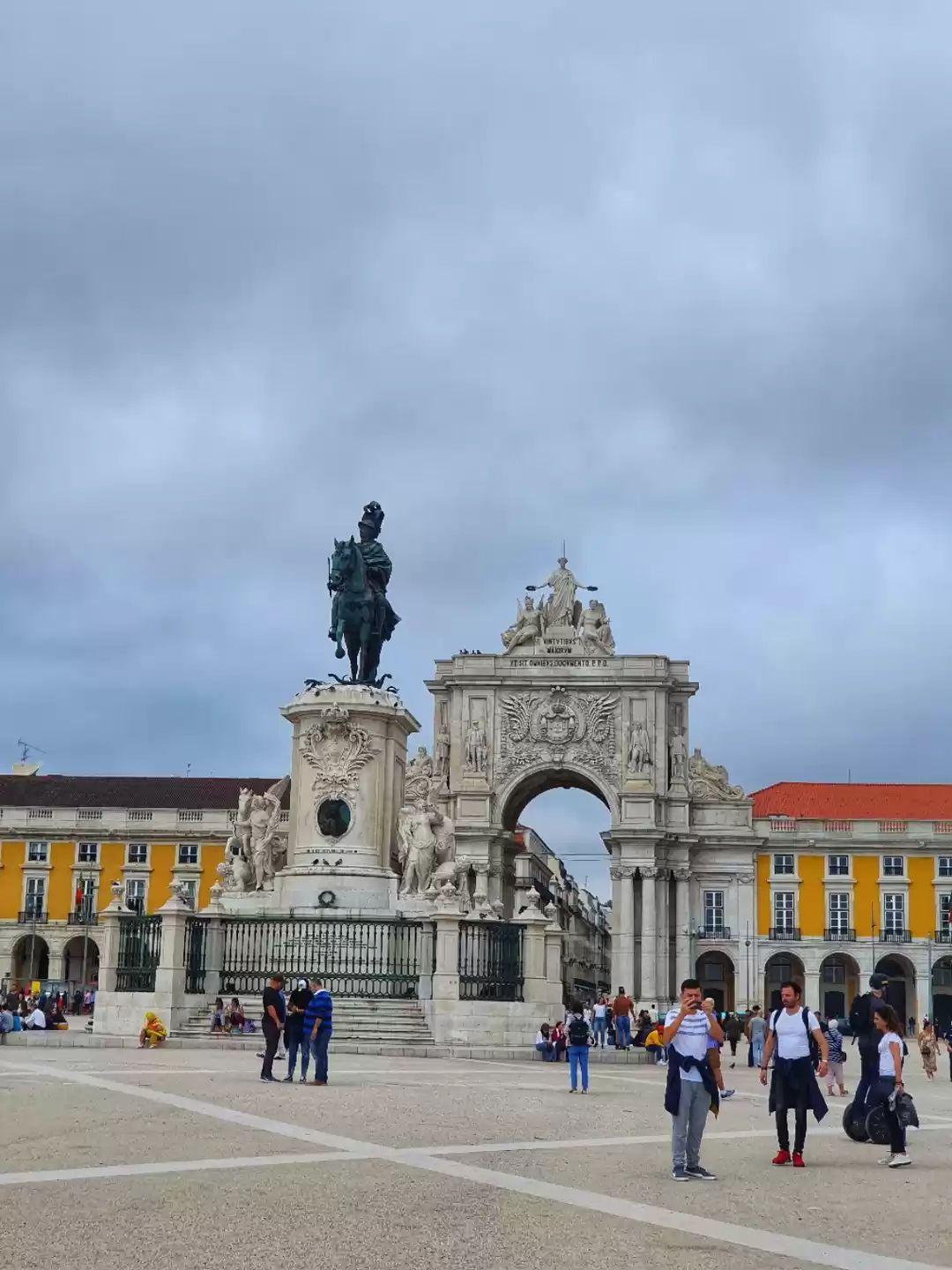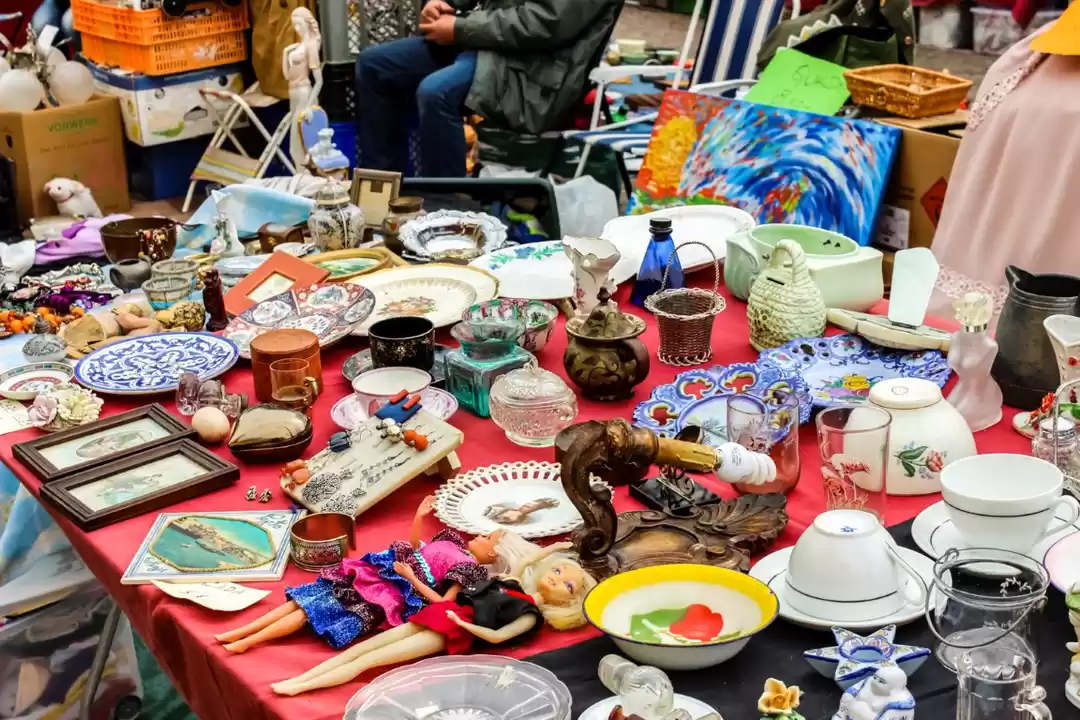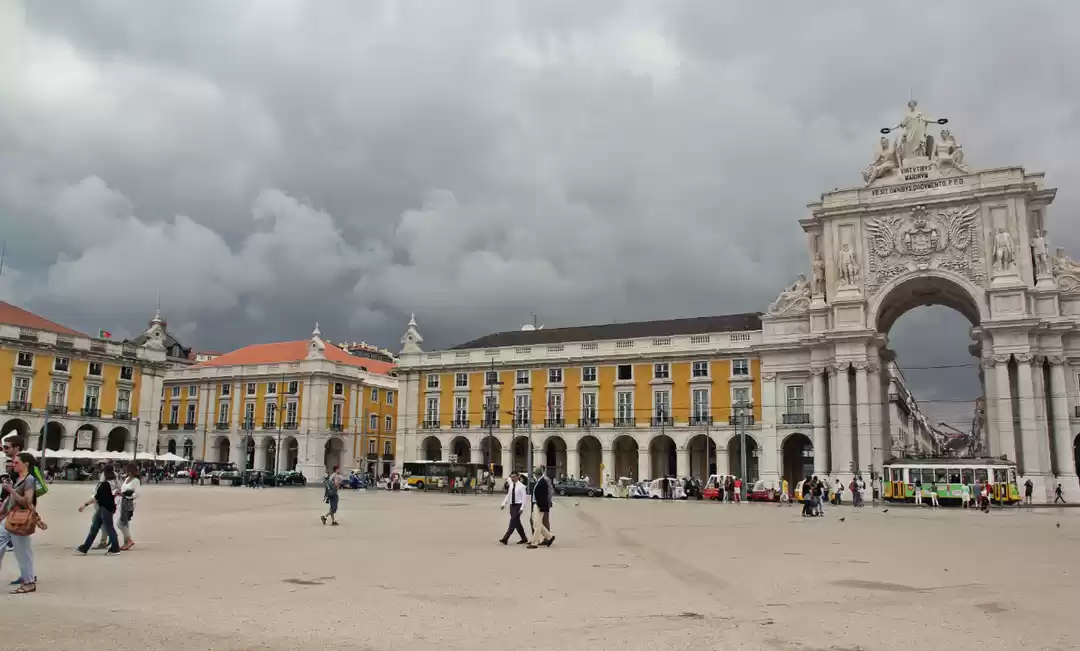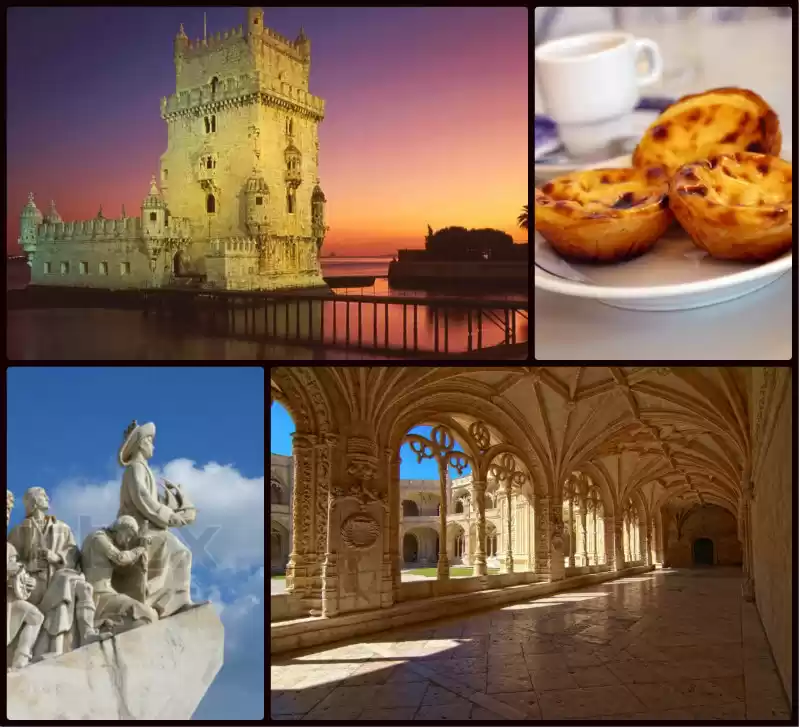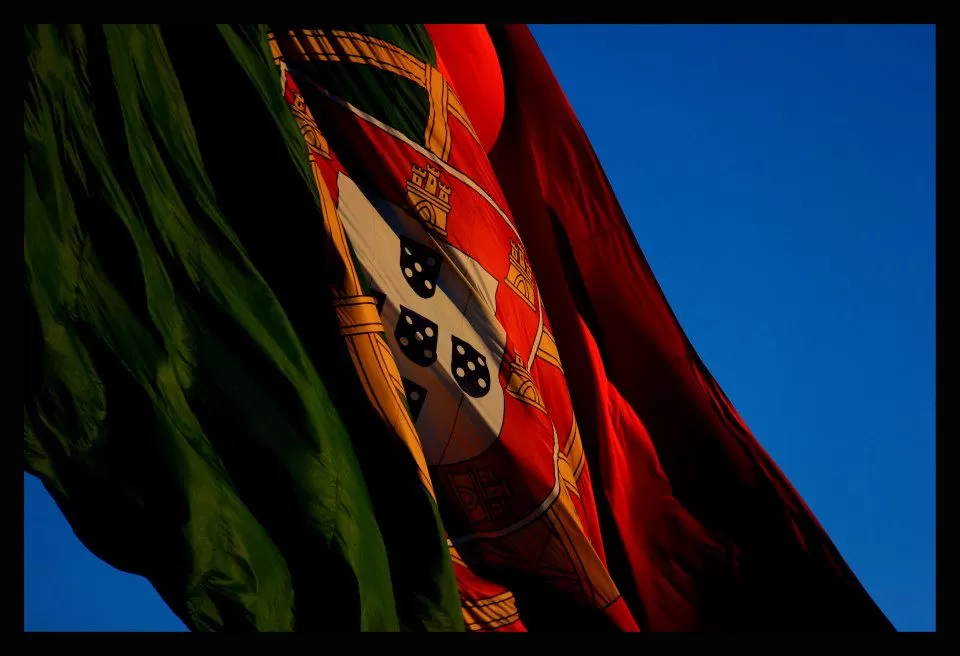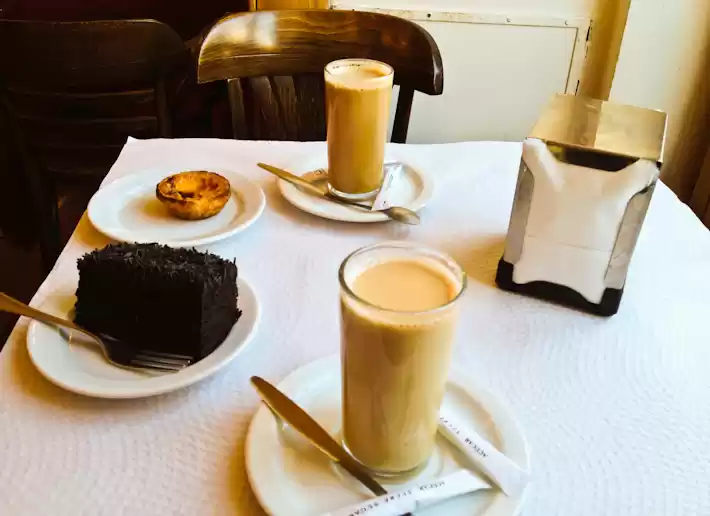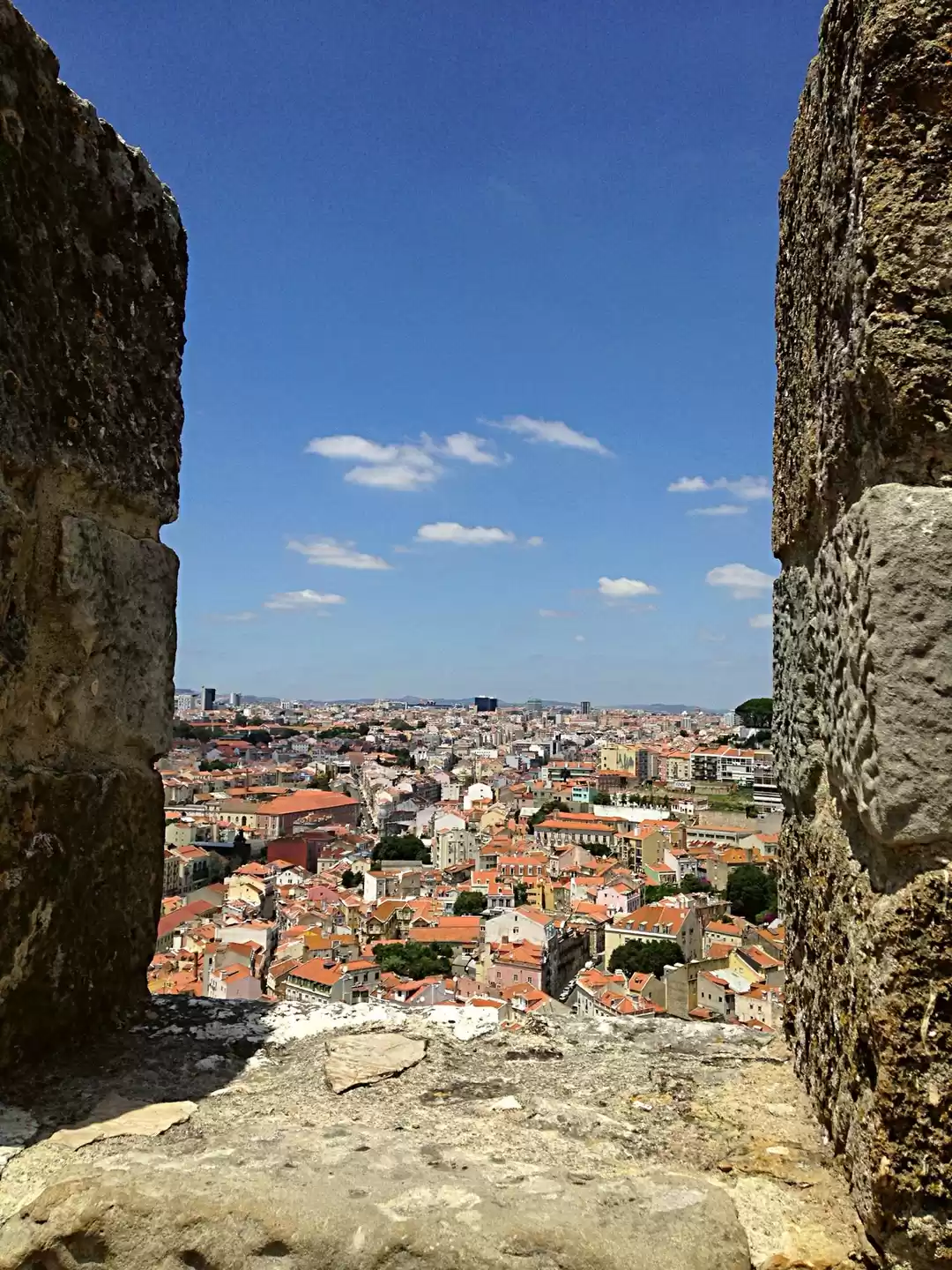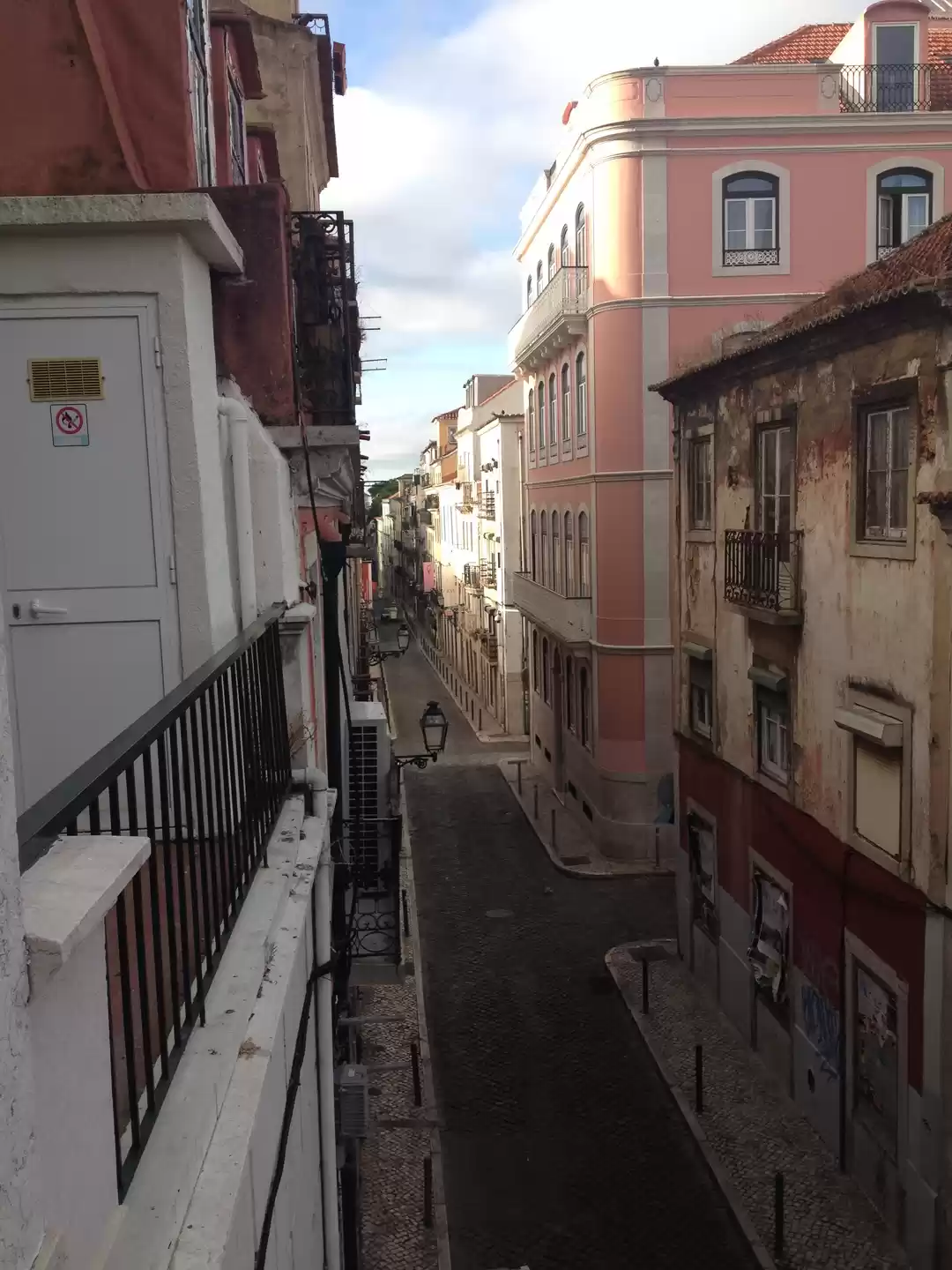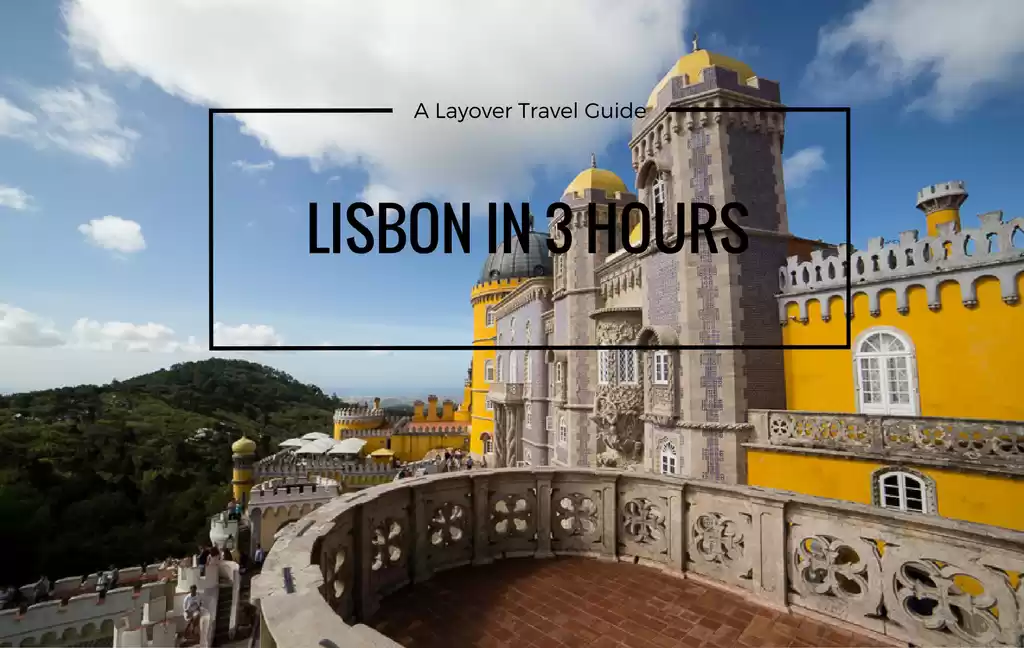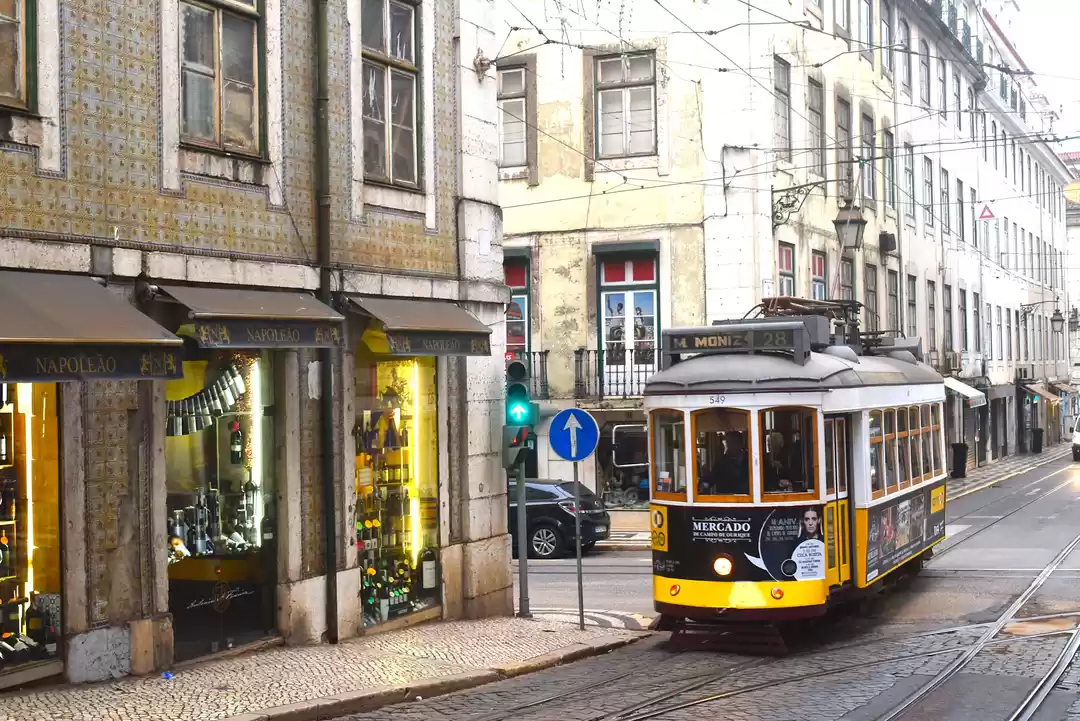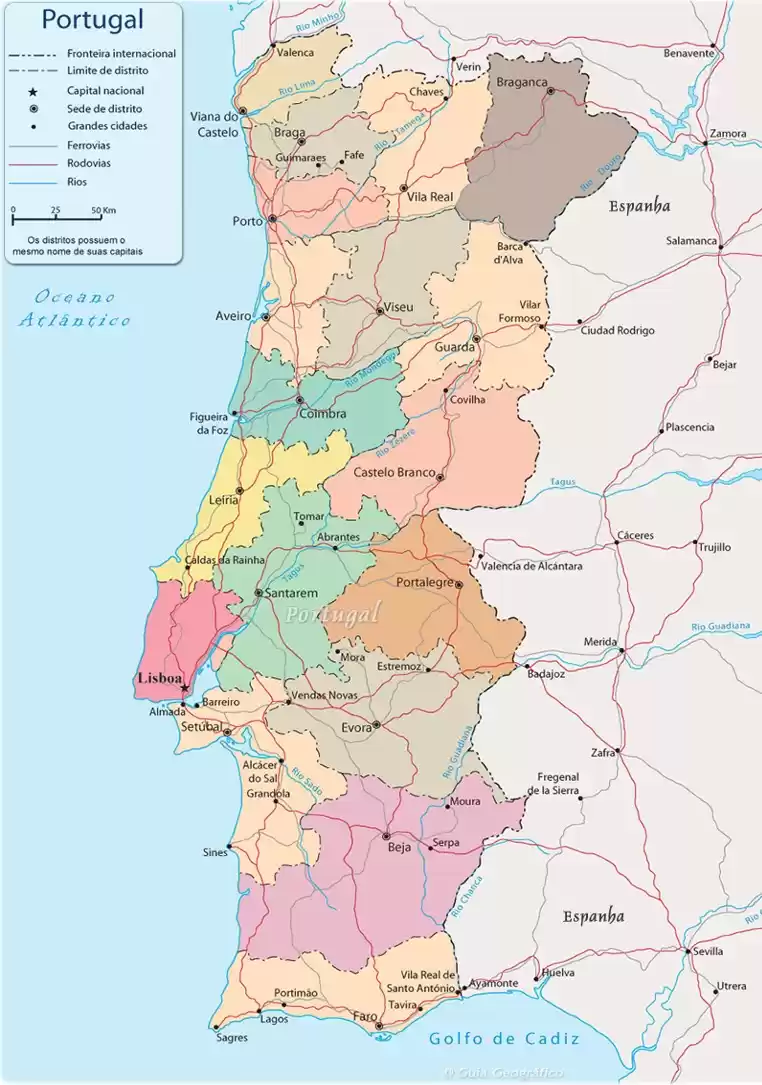
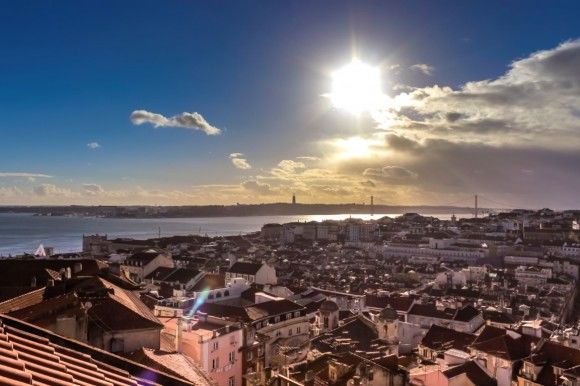




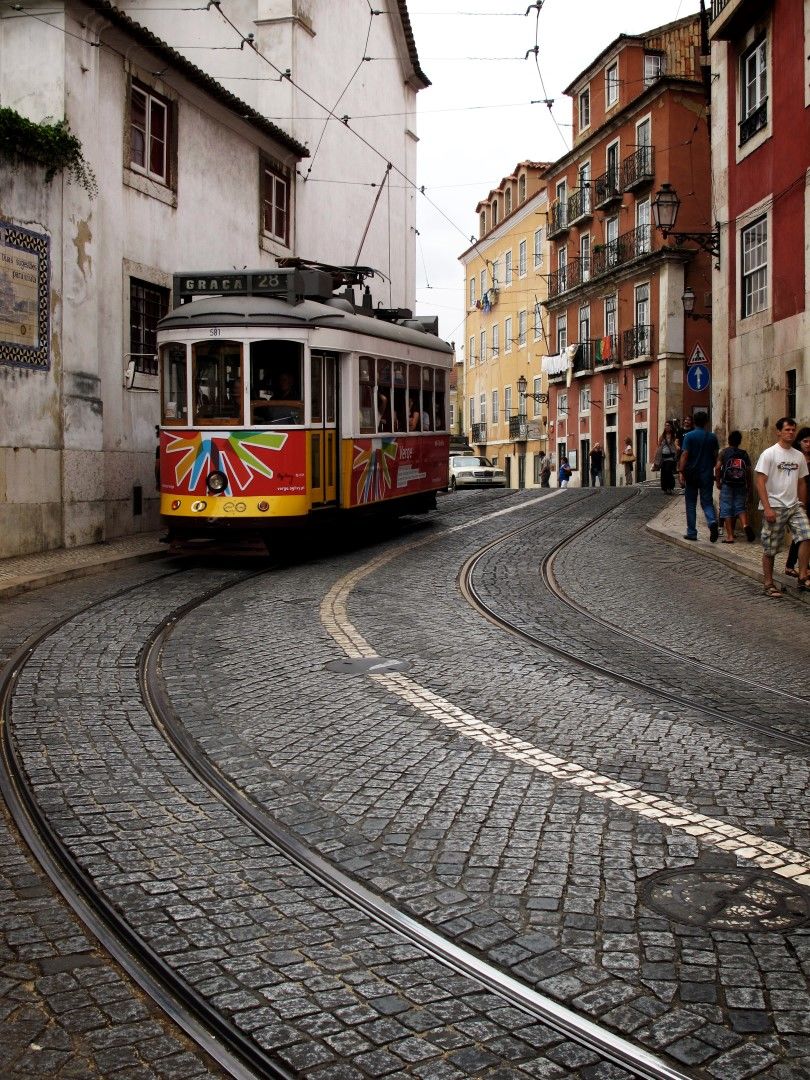
Once called the “Ocean Capital of the Western World”, Lisbon has a very interesting array of architectural and cultural influences mixed with a very vibrant Southern European feel. A young generation of artists, cultural entrepreneurs, restaurateurs and business owners are taking back the Roman, Moorish, Medieval and 18th Century city maze, converting it into a boutique little city by the ocean, where locals and visitors can enjoy the best of Portuguese Good Life!
Watching a spectacular sunrise in Alfama is the perfect way to start your trip. There are very few sunrises, like the one over Alfama seen from the top terrace of Suite Bartolomeu de Gusmão at Palacio Belmonte. Once a mosque and the location of where morning prayers were announced during the Moorish occupation of Lisbon, this tower suite has its main façade turned towards Mecca. Lisbon is best seen walking its cobble streets, so always have in mind that for your better sake you need sensible comfortable shoes. I am quite adamant when I told my guests at Palacio Belmonte to forget the tourist map and just navigate themselves the back streets of old town Lisbon with only a few waypoints that I show them from the Palacio’s terraces.
Casa Dos Bicos is a rather unusual 16th century building, with its unsymmetrical but carefully embroidered large window frames and the distinct diamond shape stones which cover its façade. Initially built to be Lisbon Palace of Bráz de Albuquerque, the second governor of the Portuguese India, it saw its top two floors destroyed with the 1755 earthquake. It found later usage as a warehouse for storing products of the Portuguese New World Colonies and a salt cod trading post.
Igreja de Sao Roque can also be called as Lisbon's Golden Wonder. This was the first Jesuit Church in Portugal. Remember to keep your sunglasses on when you enter the Church of São Roque! Its inside is completely lined with gold leaf paint, from shrines, saints, walls and ceiling.
Walking in Lisbon is the best way to absorb the timeless beauty of this city. Walking along the Tagus River is one such experience. The slowing river provides a spectacular ambience to walk and is a must-do for travelers. You can walk from the northern tip of the Parque das Nações to the western end of Algés, and this is just the end of the Lisbon municipality jurisdiction. You can continue another 30 km until you reach the Atlantic Ocean Front in Cascais at the Praia do Guincho.
I have to confess that I am addicted to Portuguese tiles. Some people are addicted to chocolate or singing in the shower, while others like me are constantly taken by the intrinsic detail and colourful patterns of one of the most beautiful forms of street art in the world. Serving a dual purpose of decoration and temperature control, the glass glazed hand painted 15X15 squares were introduced to Portuguese façades in the early 15th century to reflect the torrid summer heat away from the interior of the building. The National Tile Museum is a great and unique place to visit.
Praca Do Comercio at the end of the Tagus River is yet another spot that will take you closer to the natural as well as historic beauty of Lisbon. When The Portuguese Empire was at its peak, there was a cue of ships waiting to unload the precious Gold, Silver, Spice, Silk, Wood, Cacao, Coffee and Tea. Here the ships would harness their ropes on the very same pillars where those two seagulls are standing and all the population of Lisbon would gather around to witness what exoticness was brought back this time. Up the road from this location, the streets of Baixa (downtown area) are named after the specific item that was traded there.
Where to Shop? – Brilliant but yet unknown artists and shops make up the most of Lisbon’s bohemian boroughs, where you can grab yourself some original or some vintage objects to take home. I would like to tell you about the place where you can the authentic real stuff those ordinary persons are selling on the street. The Flea market is the best place to shop for Vintage goods. I remember on one of my first trips I managed to grab a beautiful vintage 1940’s white linen hand braided table cloth that was custom made for the Henrique Family’s new dining room table.
The cream of the Lisbon society has been its avid clientele since 1925, procuring high quality leather tailor made gloves for those days when the sunshine is not enough to warm the hands. The Lavaris Ulisses is the reminder of those days, still selling great quality leather gloves.
Lisbon’s food scene is definitely on the rise, and as fellow dedicated food lover, I will be sure to share my preferred markets, eateries, watering holes and restaurants.I have listed some of the great restaurants which will certainly enrich your eating experience below in the itinerary.
Lisbon has it all- Beaches, Shops, History, Nature, Architecture and great Cuisines at the finest restaurants. What more could you ask for?

















